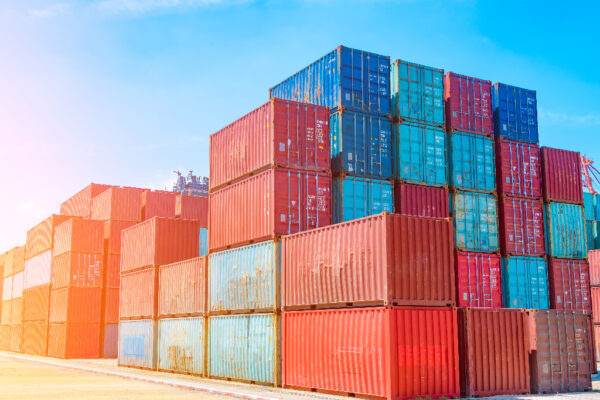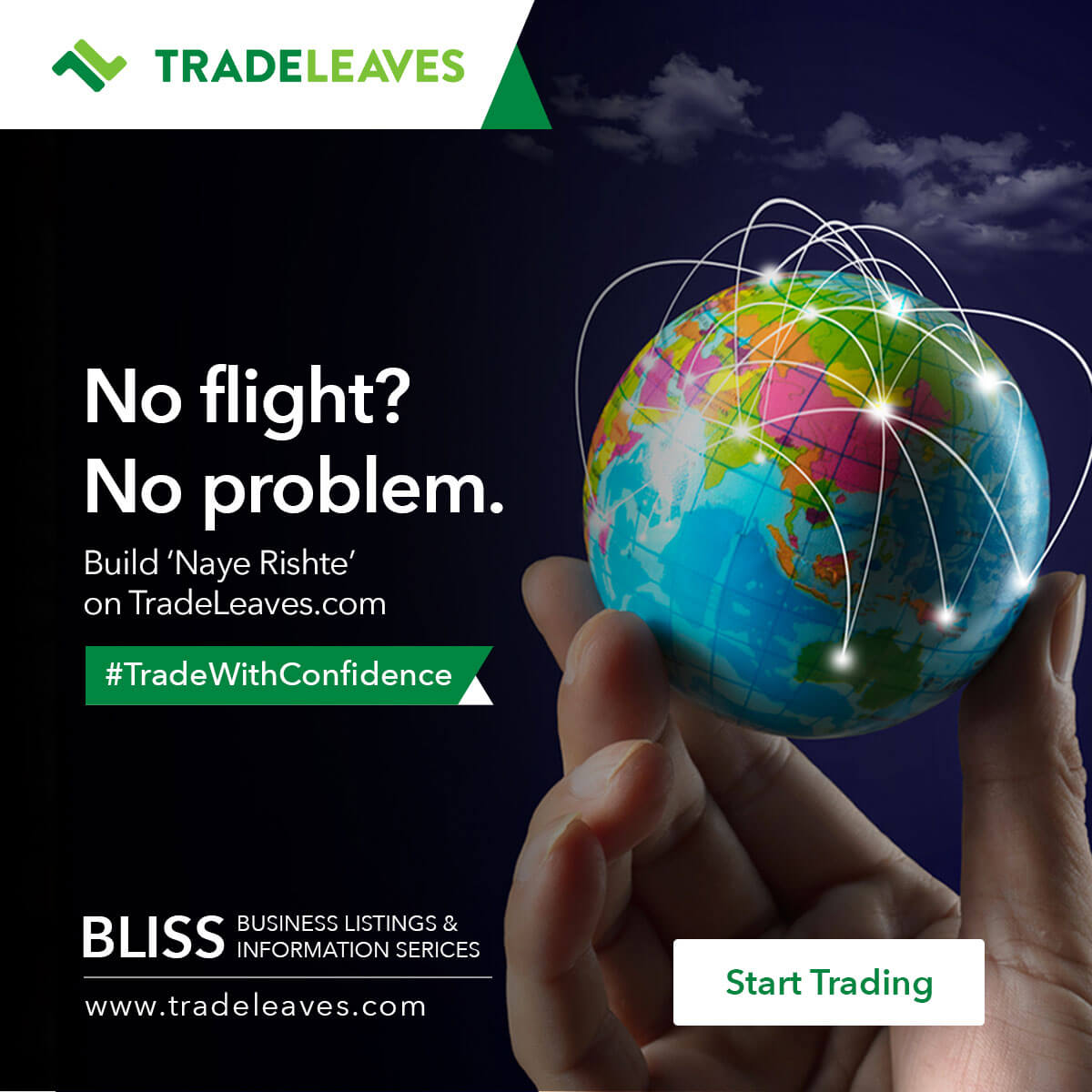In today’s globalized economy, businesses are often looking beyond their own localities to fill their supply chain needs. Importing goods from distant locations may at first glance seem to be more expensive and less efficient than locally sourcing goods, but that could not be further from the truth. Imports can supply a high-quality product at a price that often beats what you would find in local markets. This means you can lower your input costs while simultaneously increasing profit; all while maintaining a high-quality product for your customer.
Importing has its Challenges
That doesn’t mean that there aren’t risks associated with the importation process however, especially for those less experienced or lacking the resources and manpower of a large company. Even beginning to source your product can prove to be a difficult task. Perhaps you don’t have established connections in the country you are looking to source from. What if you are unfamiliar with the language and culture of said country? Attempting to navigate complex trading relationships without being able to communicate effectively is extremely difficult. Additionally, due to the nature of importing anything, you won’t be there to oversee production or transportation. How can one be sure they are going to receive a high-quality product in an efficient manner when it may have its origin thousands of miles away? These issues can be compounded even further due to trends in local markets.

Leather Retail is Struggling to Fight New Trends
US retailers of leather products (those selling jackets, handbags, gloves, or other accessories) are facing a multitude of challenges. Five years ago, a drought in the US spiked the price of cattle products; hides surged to over $80 per unit which effectively priced out consumers not already purchasing luxury leather products.4 With the leather look still in demand, retailers turned to cheaper synthetic alternatives based on petroleum and fruit leather.1 These types of leather alternative products had an over 50% sales increase in the first half of 2019 alone.4 This combined with an oversupply of hides due to high US cattle production (due to beef consumption) has led to prices plummeting as low as $4 per hide.4 Many of these hides are low quality as well, so input costs cannot be recouped after processing expenditures for non-luxury end products.2 This issue is compounded by the cost of labor within the US and by changing fashion tastes like athleisure and fast-fashion trends from retailers like Zora, H&M, and Primark.3 Leather retailers need to lower costs to compete in non-luxury stores so they can regain the average consumer. This is where TradeLeaves can help.
Meeting Challenges with Innovative Solutions
TradeLeaves takes the complication out of the import/export market to increase trade efficiency through a multi-pronged approach. TradeLeaves Business Listing and Information Services (BLISS) platform enhances digital visibility, verifies buyers/sellers, and allows for the simple management of products and services; all while facilitating direct communication with customers. Leather retailers don’t have to spend valuable time and resources vetting their potential business partners and trying to establish channels of communication; TradeLeaves does it for them. Not only this, but TradeLeaves supplies a user-friendly digital marketplace to elevate a business’s online visibility and simplify the buying or selling process. This means time and money saves, margin counts more than ever for leather retailers, so cutting time spent searching for the best tanners, raw materials, or production facilities helps mitigate the problems in the US market. Many businesses may decide that outsourcing their end product entirely makes the most financial sense. TradeLeaves classified section allows for the posting of specific products, and makes it easy for a buyer to find them. Not only is it easy though, it is safe, secure, and every seller is verified. Why spend time investigating every potential partner when TradeLeaves does it for you?
Changing How You Import
Today’s US leather retailers are being forced to compete with synthetic versions of leather products; a non-luxury market it previously held with cheaper hides. The market is being supplanted not by lack of interest however, but the perception that leather is too expensive. Leather “alternatives” wouldn’t exist if the style wasn’t something consumers wanted. That doesn’t mean the market is lost however, US retailers can turn to imports and offer consumers the luxury feeling of real leather, all without emptying their wallets. Importing can be a scary prospect, but through TradeLeaves BLISS, Marketplace, and Classifieds services, retailers can find partners and do business with ease.






